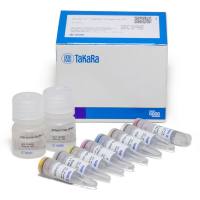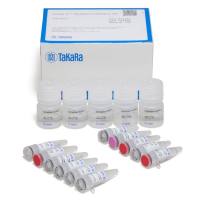Beginner’s guide to Real
互联网
- 相关专题
PCR or the Polymerase Chain Reaction has become the cornerstone of modern molecular biology the world over. Real-time PCR is a novel application of the Polymerase Chain Reaction that maximizes the potential of the technique.
To understand Real Time PCR it’s easier to begin with the principles of a basic PCR
Principles of PCR
PCR is a technique for amplifying DNA. There are 2 reasons why you may want to amplify DNA. Firstly you may want to simply create multiple copies of a rare piece of DNA. For example a forensic scientist may want to amplify a tiny piece of DNA from a crime scene. More commonly however you may wish to compare 2 different samples of DNA to see which is the more abundant. Because DNA is microscopic you cannot see which sample contains the most DNA. However, if you amplify both samples at the same rate, you can calculate which sample contained the higher starting copy number. With standard PCR this is done after all amplification cycles have been completed (end point analysis). This can be done by visualizing the PCR product on a gel and measuring the amount of DNA that has been produced
It is a Polymerase enzyme that drives a PCR . A polymerase will synthesize a complementary sequence of bases to any single strand of DNA providing it has a double stranded starting point.
This is very useful because you can select which target gene you wish the polymerase to amplify in a mixed DNA sample by adding small pieces of DNA complimentary to that target gene. These small pieces of DNA are known as primers because they prime the DNA sample ready for the polymerase to bind and begin copying the gene of interest.
During a PCR, changes in temperature are used to control the activity of the polymerase and the binding of primers to the target gene
To begin, the reaction the temperature is raised to 95℃. At this temperature all double stranded DNA is “melted” in to single strands:

The temperature is then lowered to ~55℃. This allows the primers to bind to your gene of interest. Thus the polymerase has somewhere to bind and can begin copying the DNA strand:










